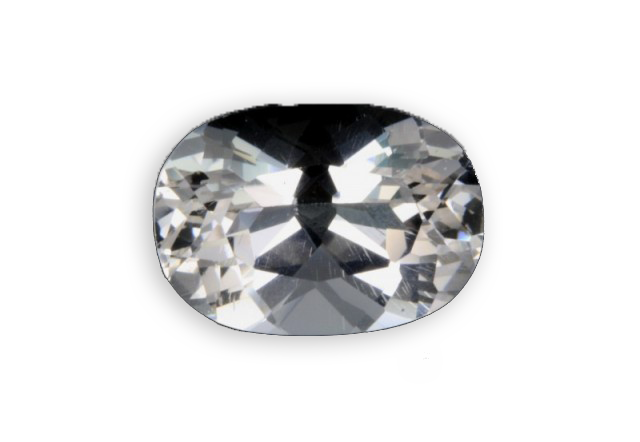
transparent
Je vous emmène à travers mes vidéos découvrir mon expérience acquise depuis plus de 30 ans a silloner le globe entier à la recherche de pierres précieuses, de rencontre mémorables mais aussi de difficulté parfois …
actualités
Categories

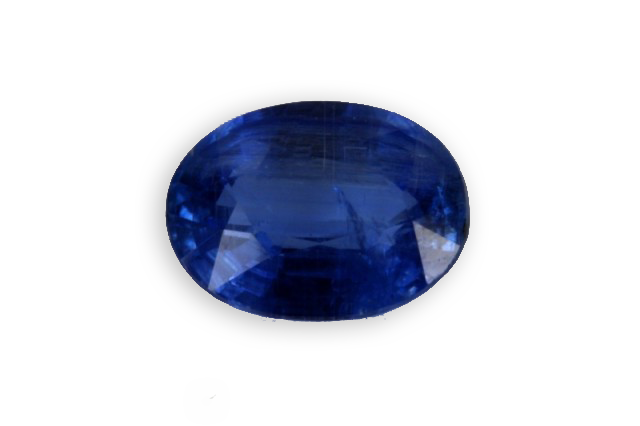
kyanite
Its name recalls its dominant color : blue in Greek (cyan). Sometimes colorless, but generally blue to bluish green, this gemstone has a hardness ranging, with its texture in plans, from 4.5 (direction of elongation) at 6 to 7 (perpendicular to the elongation). It also
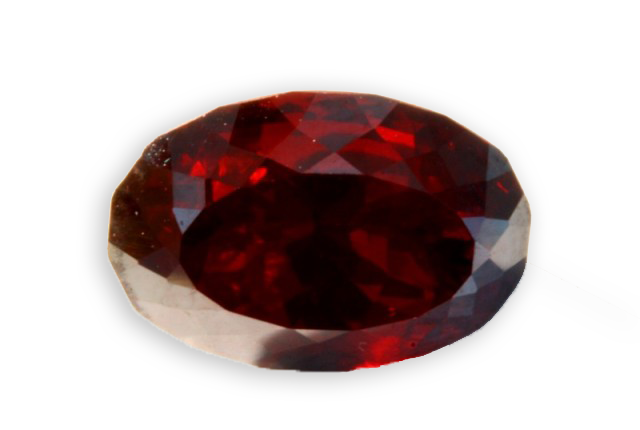
cuprite
Its name comes from the Latin “Cuprum” which means copper, it was discovered by von Haidinger in 1845. The chaloctrichite is a form that looks like thin hair hence the name derived from Greek (copper hair). There are massive varieties mixed with chrysocolla and tenorite
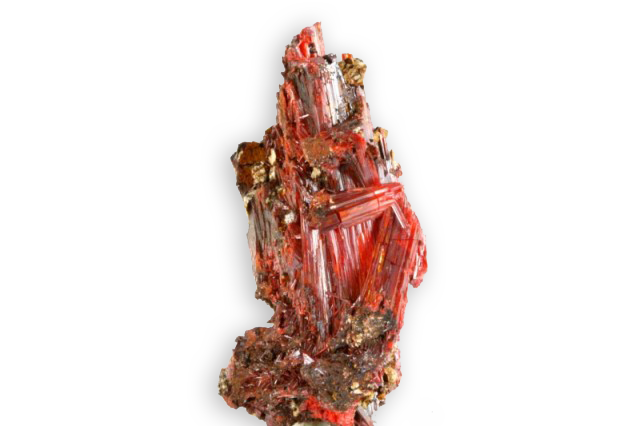
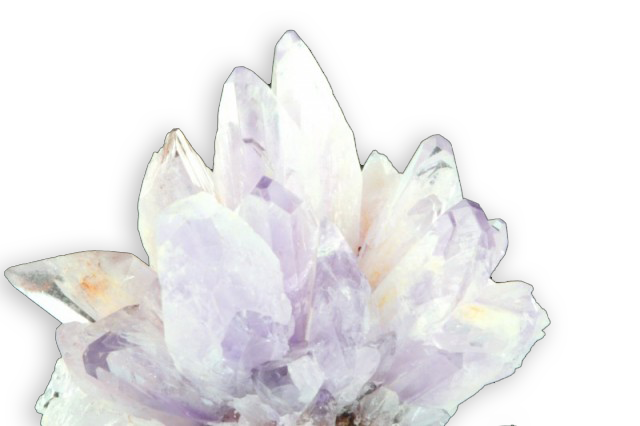
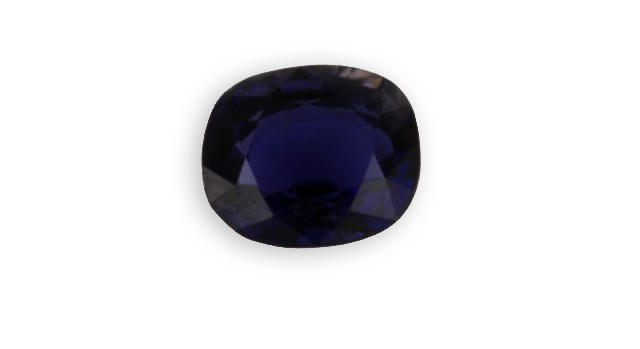
iolite
It was also known as “dichroïte” (because of its strong dichroism) or “iolite” (because of its purple color), the anglo-saxons still call it by that name. It honors the name of the French geologist Cordier, Professor at the National Museum of Natural History in Paris.



